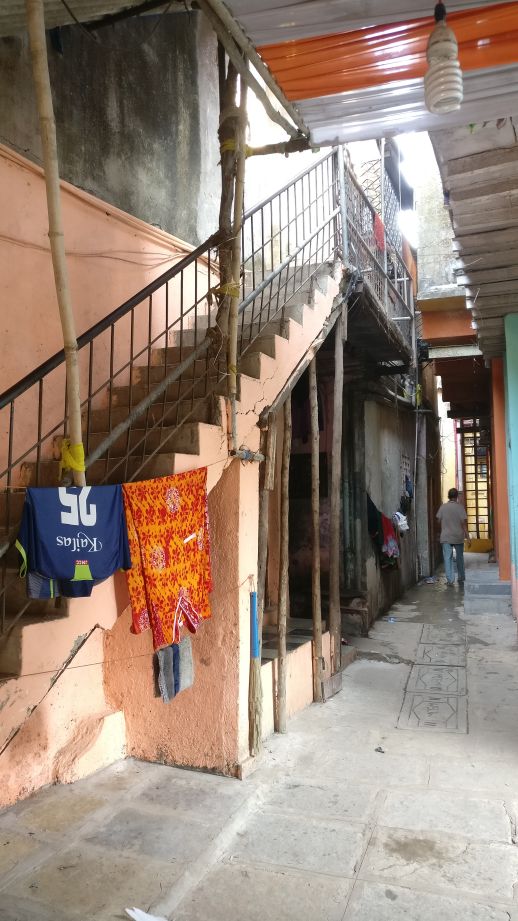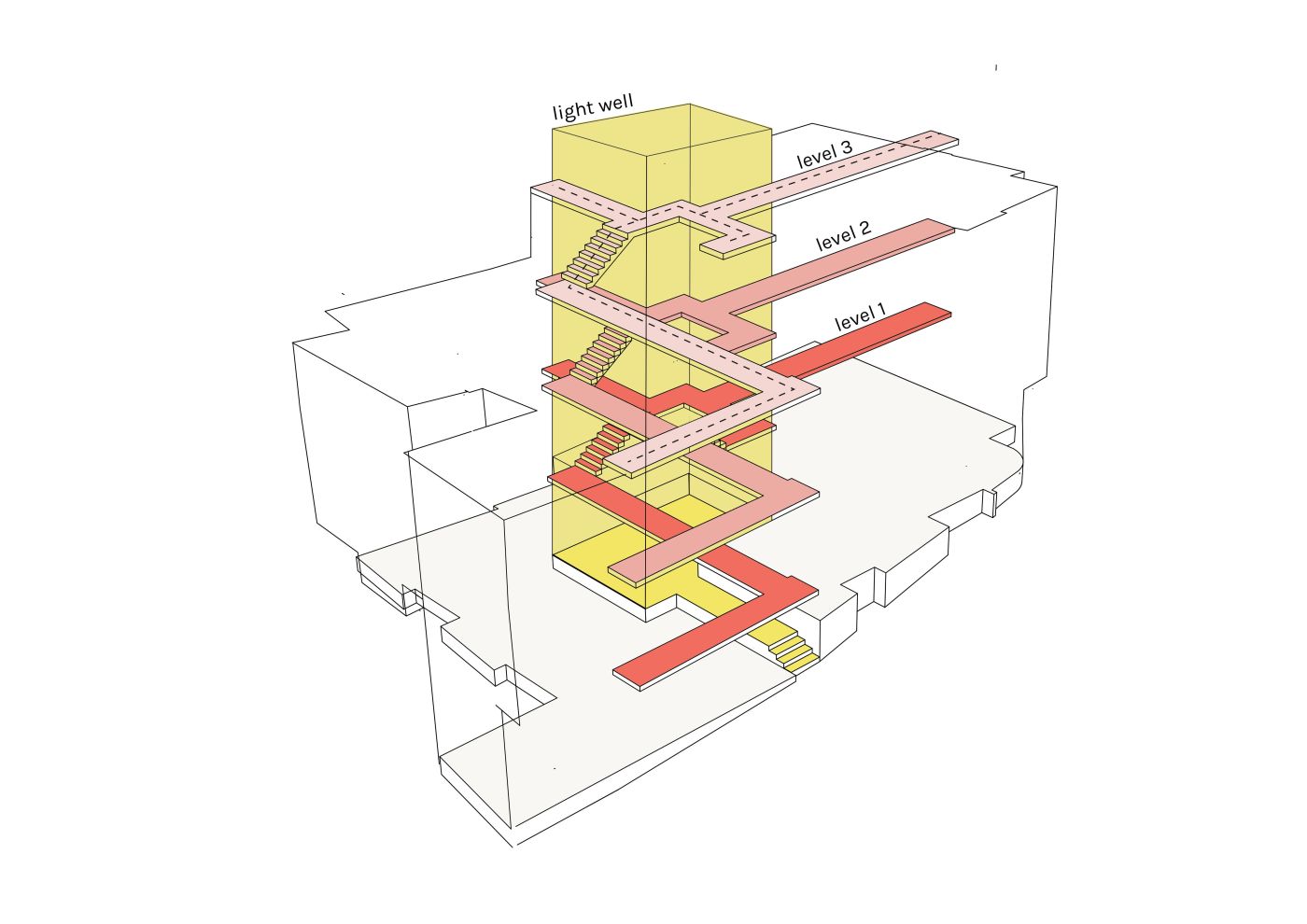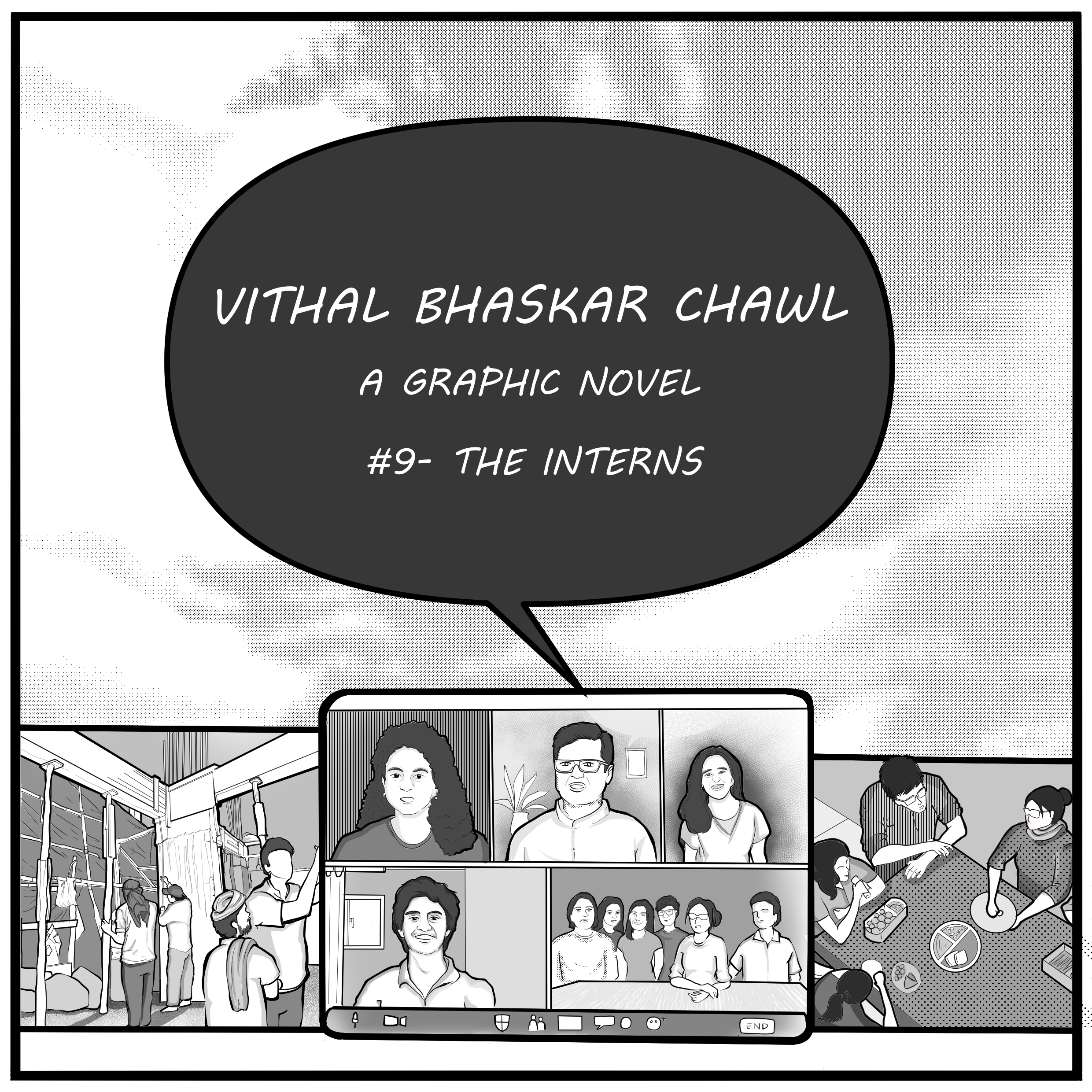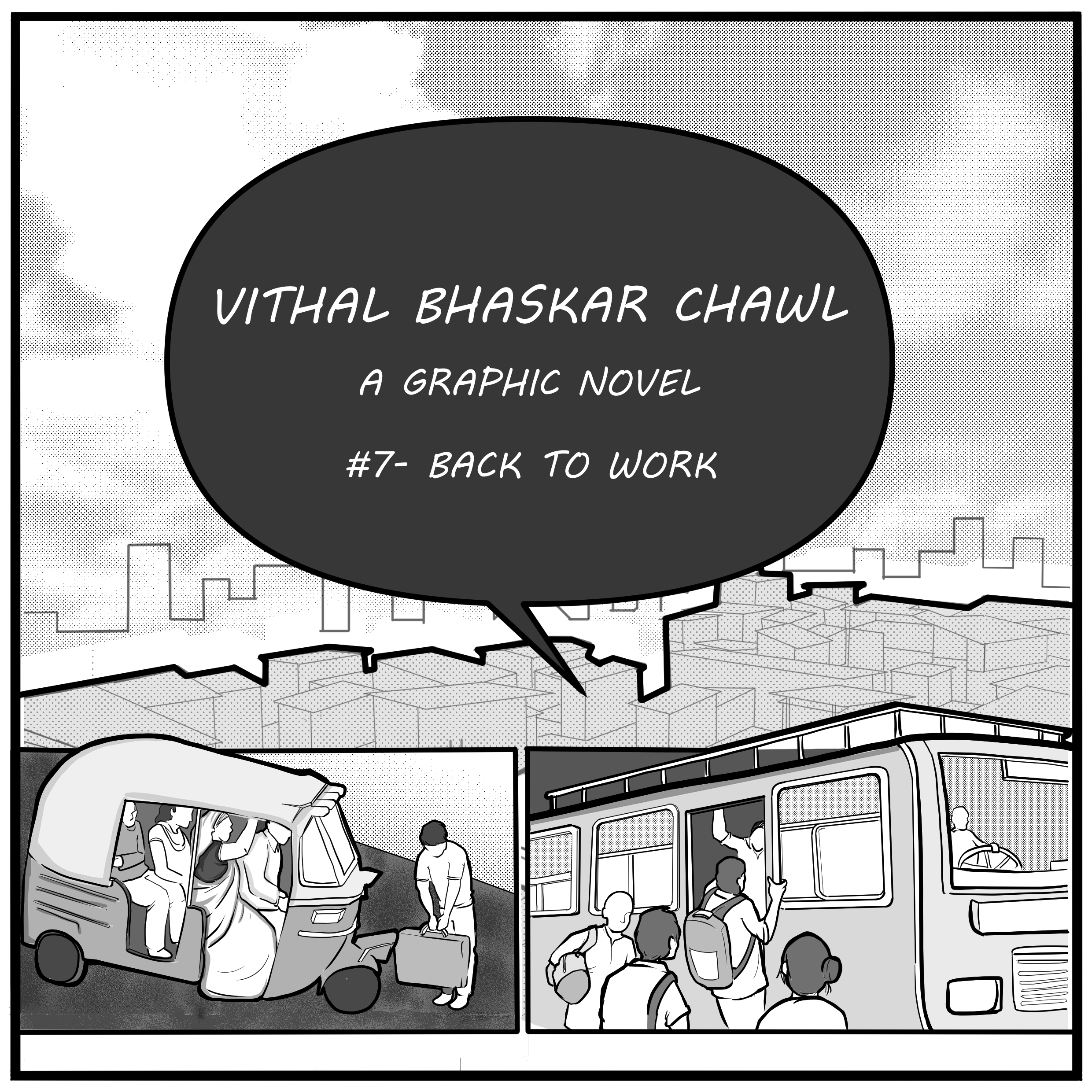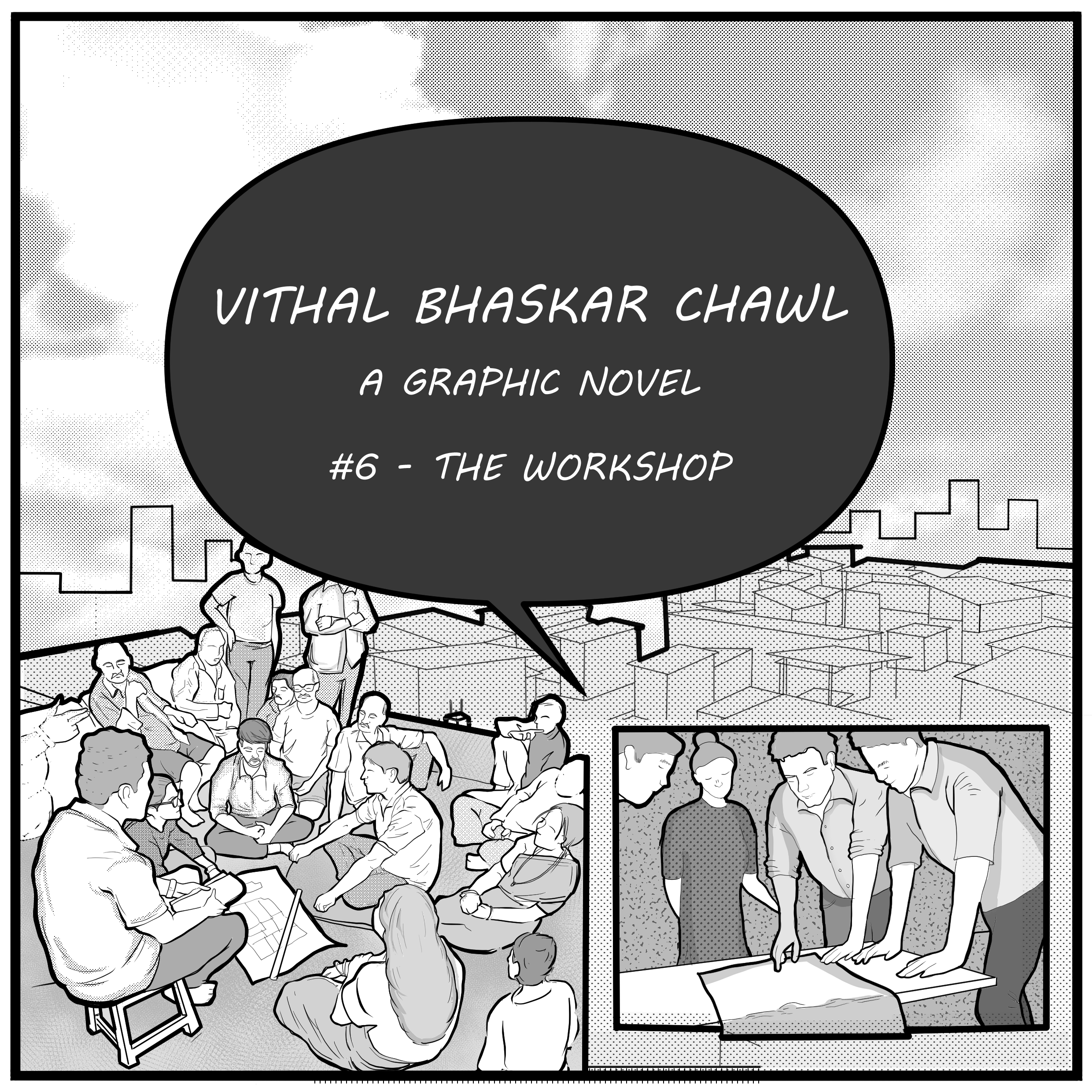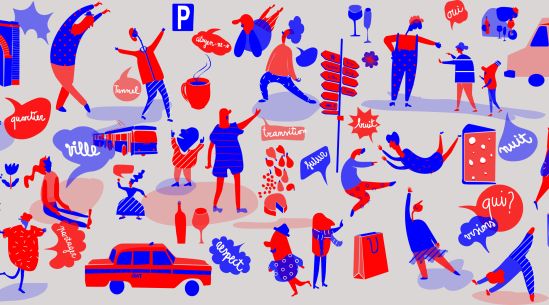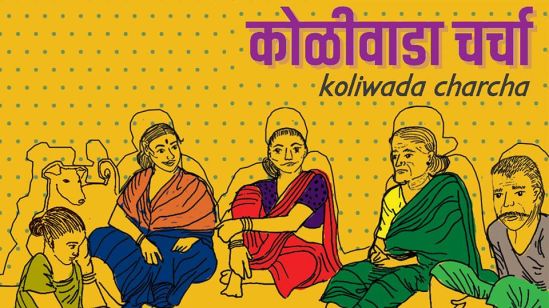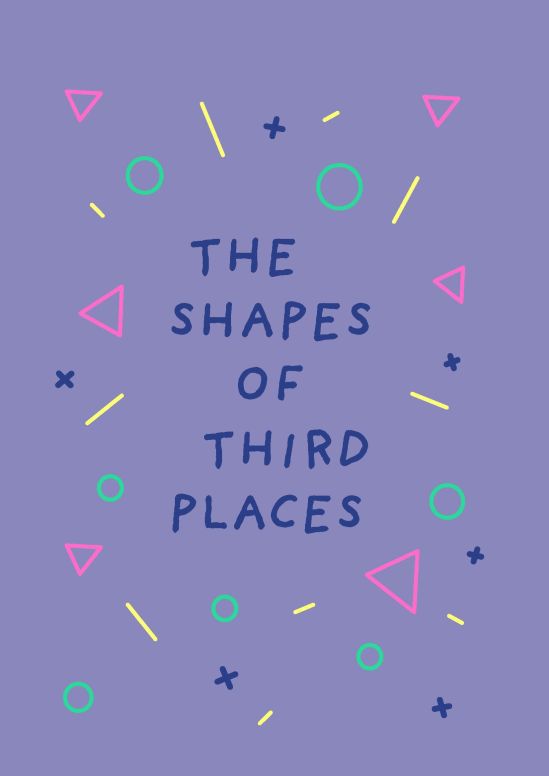Habitat 100: A chawl redevelopment project

We are excited to be working on a new architectural project in Dharavi Koliwada. Our friend, collaborator, and contractor Joseph Koli, approached us to work on his latest project - the redevelopment of a chawl owned by brothers Vithal and Bhaskar Koli.
Habitat 100: A chawl redevelopment project
We are excited to be working on a new architectural project in Dharavi Koliwada. Our friend, collaborator and contractor, Joseph Koli, approached us to work on his latest project, the redevelopment of a chawl owned by brothers Vithal and Bhaskar Koli. A memorandum has been signed between the owners and the contractor, wherein an additional storey will be given to the contractor in exchange for the money he is putting into the redevelopment.
Chawls in Dharavi Koliwada burgeoned in the past four decades as a response to a rising demand for affordable housing. The enterprising Kolis decided to become landlords by building housing units on their plots. These would be rented out and become an additional source of income that could compensate for their declining income from urban fisheries. Most chawls in Dharavi Koliwada are subject to the Rent Control Act, 1949. Under this Act, the rents have been sealed at what they were in 1949 and have since been increasing annually at the rate of 15%. As a consequence, the rent paid is much less than the market value of the property. This controlled rent is only transferable from generation to generation of the original tenant’s family. The tenants of the Vithal-Bhaskar Chawl have thus been living there for about fifty years.
The chawl sits on a plot of 260 square meters (Sq.mts). The existing building with its two floors house almost 10 homes per floor. In all there are 19 families that live here, including the two owners and their families. With each household having about 4-5 members, the entire project involves around 100 residents. Over the years, the building grew incrementally, giving rise to homes that are of different shapes and sizes ranging from 9 sq.mts. to 63 sq.mts.
The major challenges of this project are:
- The high density of the building diminishes its spatial quality, resulting in poor light, ventilation and services
- One side of the plot shares a common wall with a neighbouring plot, leaving us with only three sides of the plot to have windows for light and ventilation
- The new design had to maintain the location of each home as the residents were keen on having the same neighbours whom they had lived next to for generations
- Even the smallest home (around 9 sq.mts) now had to include a toilet. Before, only four homes had an attached toilet
- All of the above had to be achieved while keeping in mind that each family had to be given the same floor area as they currently occupy
The chawl is a 7 minute walk from our office in Dharavi, this allowed us to visit the site multiple times to gain a thorough understanding of the current situation. The site sits on a slope, with a level difference of around 3 ft from one end to the other. The slope suggested that the building be split into two sections, one sitting on the lower and the other on the higher part of the plot. The level difference between the two sections is negotiated through the design of the staircase, which connects the two sections of the building.
In the proposed design the staircase is wrapped around a light-well, improving the quality of light, ventilation and circulation. Along with optimising space, this gives the impression of a wider opening for the light-well. The staircase also doubles up as a corridor, the landings giving access to some units on the first and second floor. The light-well will bring adequate light to the ground floor where a chowk (common space) is planned. We hope that the well lit chowk (common space) will provide a sense of safety and encourage women to use it.
Finally, It was necessary to provide service ducts for plumbing and ventilation for the additional toilets. These ducts would take away floor space. It was a huge challenge to accommodate toilets for each home, while maintaining the existing locations and total areas. Many sleepless nights were spent on this puzzle!
In order to minimise construction and material costs we will be working with a structural engineer to incorporate bamboo reinforcements, filler slabs and similar cost effective techniques. One part of the building will have a sloping roof and the other will have a flat roof to be used as a common terrace. We are determined to avoid the use of asbestos sheets for the sloping roof because of its carcinogenic nature. However at the rate of about Rs.600 per sheet measuring 2.4 m X 1.8 m (4.32 sq.mts) it is really difficult to compete with this roofing material that has become ubiquitous to Dharavi.
urbz held several meetings with the contractor and the two owners, to come up with a satisfactory design for discussion with the residents. We then held a workshop with the residents to get feedback for the new design. About 30 residents participated and there was at least one representative of each family. The meeting lasted for nearly two hours on a Sunday afternoon.
Our team, along with Joseph explained the challenges we faced to design the new building and how we proposed to overcome these challenges with design elements such as the light-well. The next half of the workshop was open to the residents to give feedback on the design. They were concerned about the interior layout of their proposed units, and we discussed how it could be rearranged to better suit each family. In a city like Mumbai, space is the highest currency, and, at the end of the workshop we learnt that the foremost concern of all the residents was how much usable area they would get. Consequently, it was a challenge to convince them for the need of a light-well. We explained that although it is not usable space it will significantly improve the quality of their lives, after some discussions we finally succeeded!

